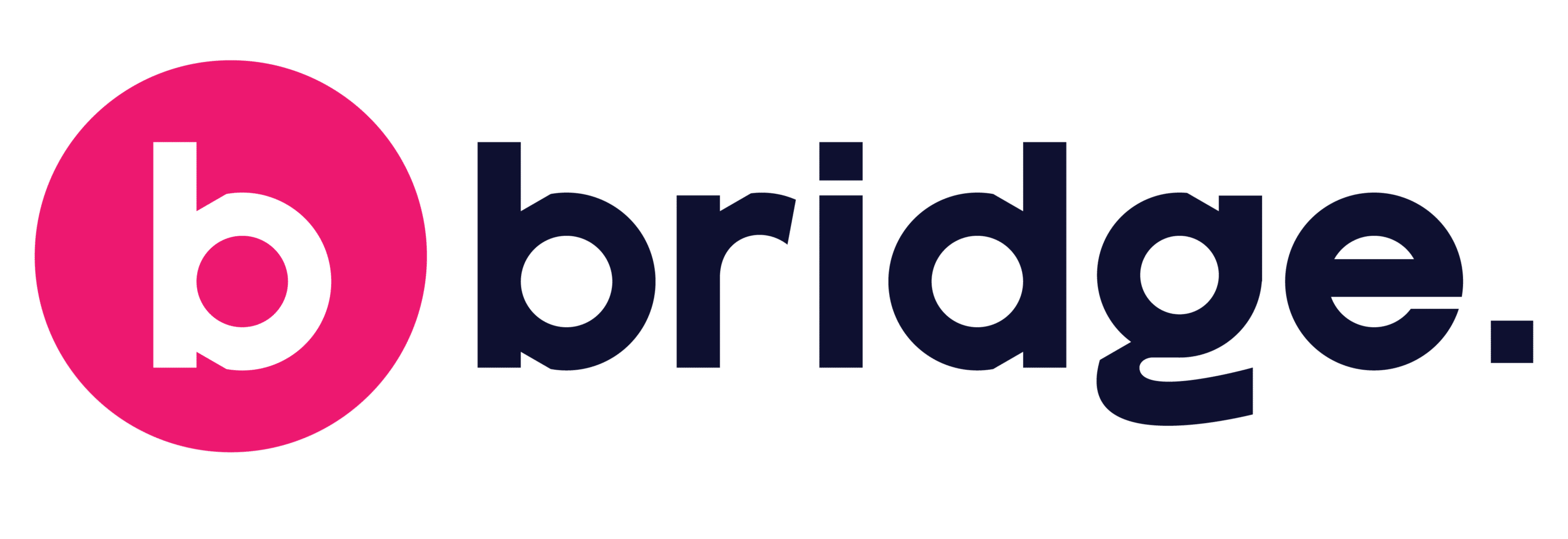The concept of neurodiversity has been gaining traction in recent years. In today’s fast-paced and rapidly evolving business landscape, the ability to embrace cognitive diversity in the workplace has become an essential skill for organisations looking to thrive in a constantly changing environment. The term refers to the natural variation in the human brain and nervous system, including conditions like Autism Spectrum Disorder (ASD), ADHD, dyslexia, and others. While these conditions were once stigmatised and viewed as disabilities, there is a growing recognition that they are simply differences in cognitive functioning that can bring unique strengths and perspectives to the table.

This is especially true in the tech industry, where many neurodivergent individuals excel in roles that require attention to detail, pattern recognition, and problem-solving. In fact, there is evidence to suggest that neurodiverse workers can be highly productive and valuable assets to companies.
For example, US firm JPMorganChase established their Autism at Work program in 2015, which aimed to employ team members with ASD in software development, engineering, and business analysis roles. After six months of the program, the neurodiverse team members were found to be 48% faster and up to 92% more productive than their neurotypical counterparts. This success has led to the program being expanded to include hundreds of neurodiverse workers around the world.
This is not an isolated example. Many tech companies are now recognising the benefits of hiring neurodivergent individuals and are implementing programs and policies to support them. Here are some ways that companies can embrace cognitive diversity in the workplace:
- Provide accommodations: Neurodivergent individuals may require specific accommodations to perform their jobs effectively. These could include things like noise-cancelling headphones, flexible schedules, or alternative communication methods. By providing these accommodations, companies can ensure that their neurodiverse employees have the support they need to thrive.
- Offer training and support: Many neurodivergent individuals face challenges in social communication and interaction. By offering training and support to help them navigate these challenges, companies can help their neurodiverse employees feel more comfortable and confident in the workplace.
- Focus on strengths: Rather than viewing neurodivergent individuals solely in terms of their challenges or deficits, companies can focus on their unique strengths and perspectives. This can help them to better utilise their skills and talents, and to feel valued and appreciated in their roles.
- Foster a culture of inclusion: Creating a culture of inclusion where neurodiversity is celebrated and respected can go a long way in promoting the success of neurodivergent employees. This can be achieved through things like diversity and inclusion training, employee resource groups, and inclusive language and practices.
Supporting neurodiversity in the workplace is not only the right thing to do, but it can also bring significant benefits to companies. The tech industry, in particular, can benefit from the unique perspectives and strengths of neurodivergent individuals, who excel in many roles that require cognitive diversity. By implementing policies and programs that support neurodiverse employees, companies can not only promote a more inclusive workplace but also boost productivity and innovation.
We are champions of the career pivoters, itchy feeters, digital nomads, tech-preneurs, curious minds, purpose seekers, change makers.
Whether you are an experienced professional seeking a new opportunity, a recent graduate looking to take your first career steps or just want advice on how to get into tech… we’re here to help you find your path.

